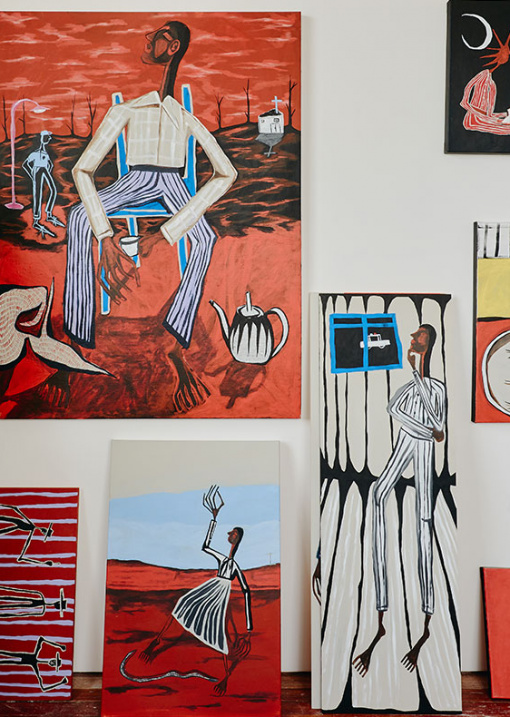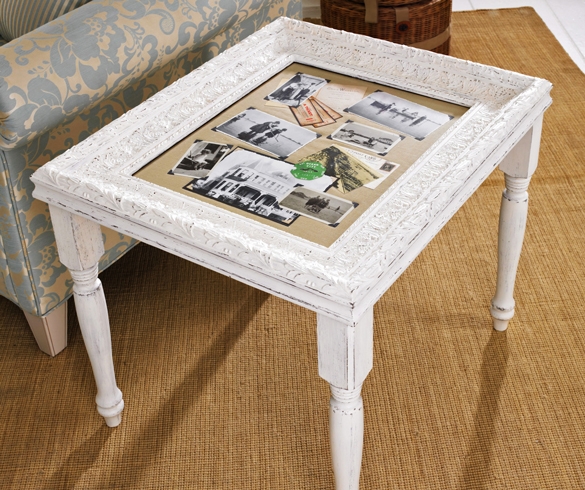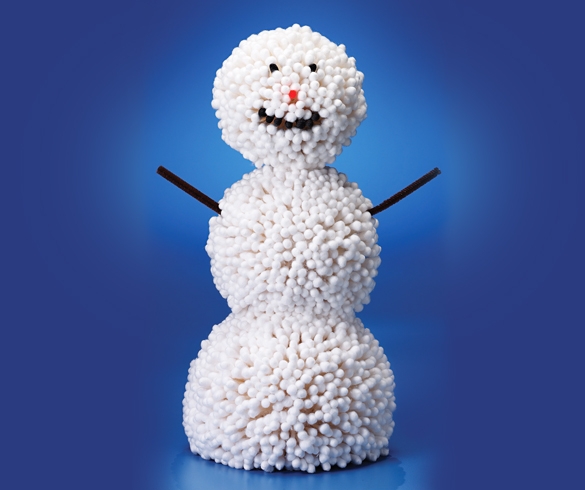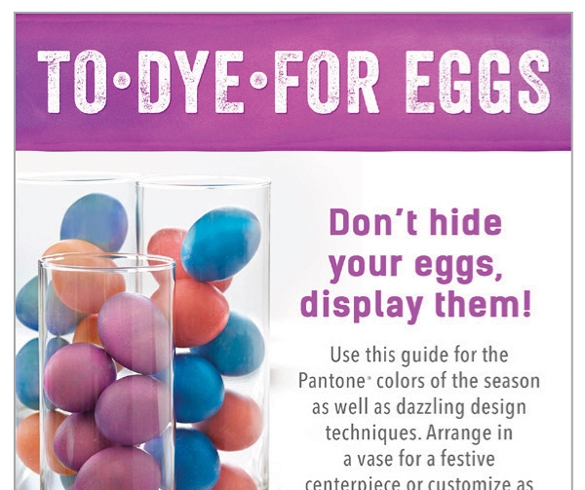Watching Mia Boe’s rise to cult status is almost giving me whiplash. The Brisbane-raised, Melbourne-based artist has grown a dedicated following in the 18 months since she’s really begun concentrating on her painting – and it’s only going up. To give you an indication of just how devoted her audience are, her recent catalogue of nine paintings sold out in under two minutes.
Mia studied art history before last year, when Melbourne’s sweeping lockdowns gave her the time (and a good excuse!) to focus on her art. But it’s not just Instagram fans who are hot on her tail. With a residency at the Museum of Brisbane, commissions for Craft Victoria and Brisbane’s Institute of Modern Art, two group shows and a solo exhibition (titled Black Devil) at Open Space Collective under her belt since the beginning of 2020, it’s evident that Mia has well and truly caught the attention of the nation’s arts community.
But the institutions aren’t everything. When she’s not painting, Mia works at The Torch – an organisation that aids First Nations prisoners and ex-prisoners with their art practices.
Art is the past, present and future for Mia – storytelling is her mode of being. Hear it in her own words.
How did you arrive at your current painting style? Has it evolved slowly over time or always been somewhat similar?
One clear continuity in my style has been that I tend to populate my landscapes with strangely elongated figures, whose bodies are also sometimes bloated and distended. I guess also that female figures in my work are representations, approximately, of myself, so a lot of my works could also function as self-portraits. But when I start a painting, I’m not always conscious of who the figure is, though if I’m painting black figures, they’re probably members of my family.
Also, I sometimes add larger figures with little detail, or floating in the landscape — these figures are representations of spirits. They represent family members that have died, and are a marker of the family that I will never get to know because of the repercussions of colonisation. I also try and experiment with colour: inspired by the ubiquitous blues of Robert Owen’s recent exhibition at Heide, I’ve recently been trying to control and limit my palette.
Do you use your art to connect with history or grapple with it?
Probably a bit of both. I’m especially interested in the histories of my family’s cultural heritages. My mum is a descendent of the Butchulla people, but she was only told by my grandmother that she was Aboriginal when she was in her teens (my grandmother was worried she’d have her children taken away from her if she was open about it). My Dad moved to Australia as a refugee from Burma when he was a young child.
My art practice has allowed me to research these twin histories, and to track the consequences of British colonisation in both Australia and Burma. (Burmese historian Thant Myint-U’s recent The Hidden History of Burma is an amazing book for people interested in learning more about Burma.) I hope soon to be able to spend some time looking at concrete connections between the colonial occupations of Australia and Burma. Empire, after all, makes the world smaller — it’s big project, I think, is to remake the margins in the image of the centre — so I’m sure there are some connections to be found (white officers, for instance, might have trained in Burma before coming to Australia, or vice versa).
Anyway, I definitely use my art to think through history: sometimes head-on, sometimes obliquely.
How do you involve historical references in your pieces?
I make sure that I’ve done proper research into a subject before making work about historical events. At the start of the year I showed my first exhibition in Brisbane. It was called Black Devil, and the works responded, from multiple angles, to the history of the Queensland Native Police: an exterminationist outfit which consisted of Aboriginal troopers led by white officers, and which aimed to wipe out resistance to colonisation.
The Native Police was active from 1848 to c. 1905 and were estimated to have killed over 44,000 Murris in those 50+ years. The fact that many of the massacres of Aboriginal people were carried out by Aboriginal troopers, who were themselves often kidnapped as boys, and barracked hundreds of kilometres from their kin and ancestral lands, pointed up for me the ongoing violence and infernal strategies of division which colonialism employs.
During research for this exhibition I found out that my ancestor, my great-great-grand uncle Wonamutta, a Butchulla man from K’gari (Fraser Island), was a trooper in the police force. Apart from his postings around the state, he was also seconded to the Victorian Police, where he helped to track down Ned Kelly (that’s where the exhibition’s title comes from — Kelly called the black trackers on his trail ‘black devils’).
Out of this discovery I got interested in Sidney Nolan. Two of Nolan’s most famous preoccupations were [Fraser Island’s namesake] Eliza Fraser and Ned Kelly. Nolan didn’t see these figures as related, and yet in an eerie way I think they were: Wonamutta, whose country was re-named by Europeans after Eliza Fraser, was also the man who caught Ned Kelly. So through thinking about this personal history, and the random but weird connections it disclosed, I came to envision my exhibition as also responding to Nolan’s own practice. It was a art show about history, but also about the history of art.
Do you have any key references or inspirations?
Some abiding influences for me have been Albert Namatjira and Russell Drysdale. Namatjira looms especially large: because of his tragic life story, his amazing colours. The William Dargie portrait of him which hangs in the Queensland Art Gallery, and the Noel Counihan linocut, which shows Namatjira crucified, are some really important images for me.
Drysdale matters for me because of the colours of his burnt-out backgrounds and those extraordinary gaunt figures idling about in them. His representations of Aboriginal people are very respectful and moving.
Other artists who are key points of departure for me are the contemporary South African artist Marlene Dumas, and Bill Traylor who was a self-taught artist born into slavery.
What does art-making mean to you?
On an individual level, my art allows me to recover and remake the cultural heritages which were stolen from me. And I hope in this process that I remind people (even as I learn myself) about the forgotten pasts which shape everyday life in the present.
Mia’s work is available periodically at Sunday Salon. Learn more about her practice here. Mia’s next exhibition will be at Carpark Gallery from 4th – 25th September.

Mia’s new Brunswick studio is filled with light, and is the perfect space to continue on her growing portfolio of work. Photo – Amelia Stanwix for The Design Files.

A painting from her recent catalogue sits on the mantle. Photo – Amelia Stanwix for The Design Files.

Butchalla-Burmese artist Mia Boe in her light-filled studio. Photo – Amelia Stanwix for The Design Files.

Mia paints full time and volunteers for The Torch in her spare time. Photo – Amelia Stanwix for The Design Files.

One of Mia’s works in progress.

Mia’s paintings are vibrant and narrative-driven, which means she does a lot of her own historical research. Photo – Amelia Stanwix for The Design Files.

Left: Mia is inspired by figures in art history like Albert Namatjira, Sidney Nolan and Russell Drysdale; and figures from history such as Eliza Fraser, Ned Kelly and the Queensland Native Police. Photo – Amelia Stanwix for The Design Files. Right: ‘Stripes 3’ by Mia Boe.

A selection of work Mia recently sold in her latest catalogue and has prepared for prize entries. Photo – Amelia Stanwix for The Design Files.

Her elongated, distended figures are always in the landscape and often accompanied by food, animals or spirits. Photo – Amelia Stanwix for The Design Files.

You can see the Sidney Nolan influence in this composition! Photo – Amelia Stanwix for The Design Files.

The historical and contemporaneous imprisonment of First Nations people is a continuous theme in Mia’s work. Patterns and vibrant colour create tension between the political context and the composition.








